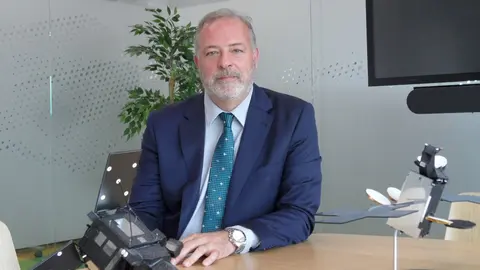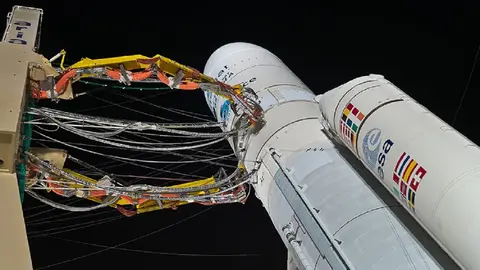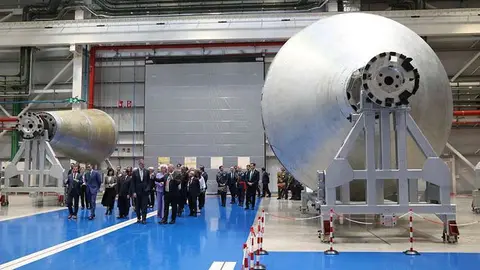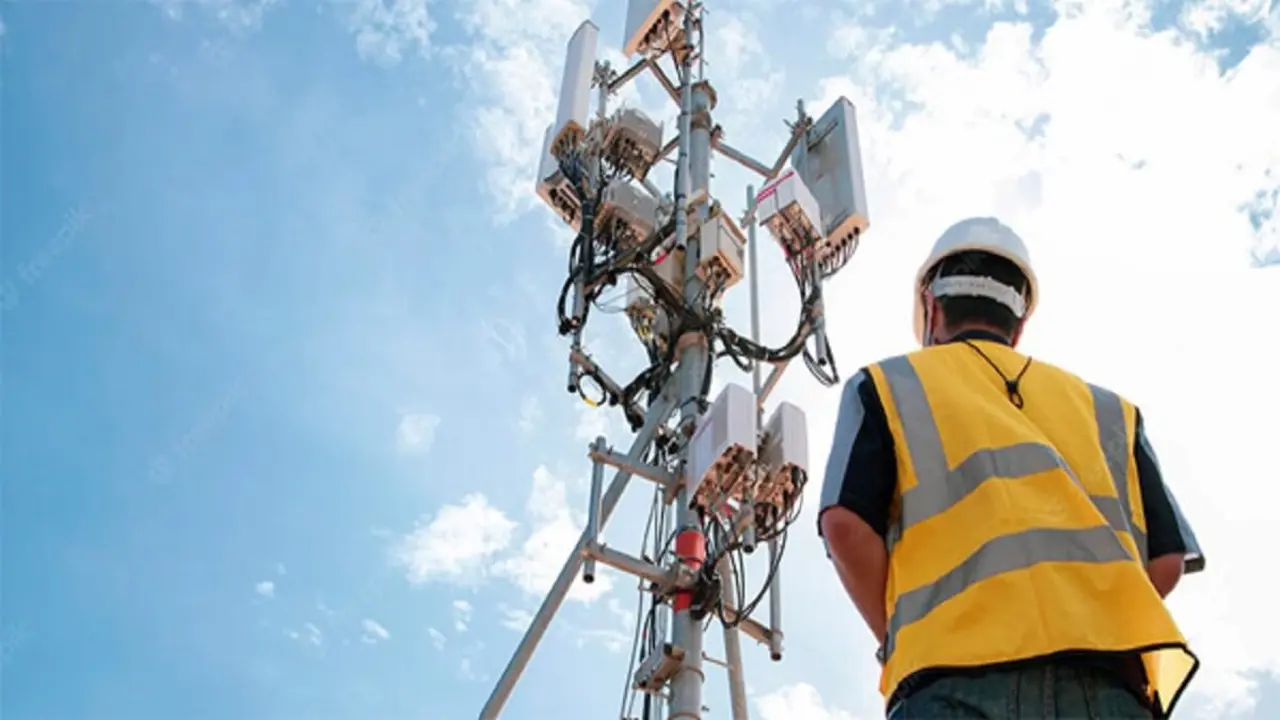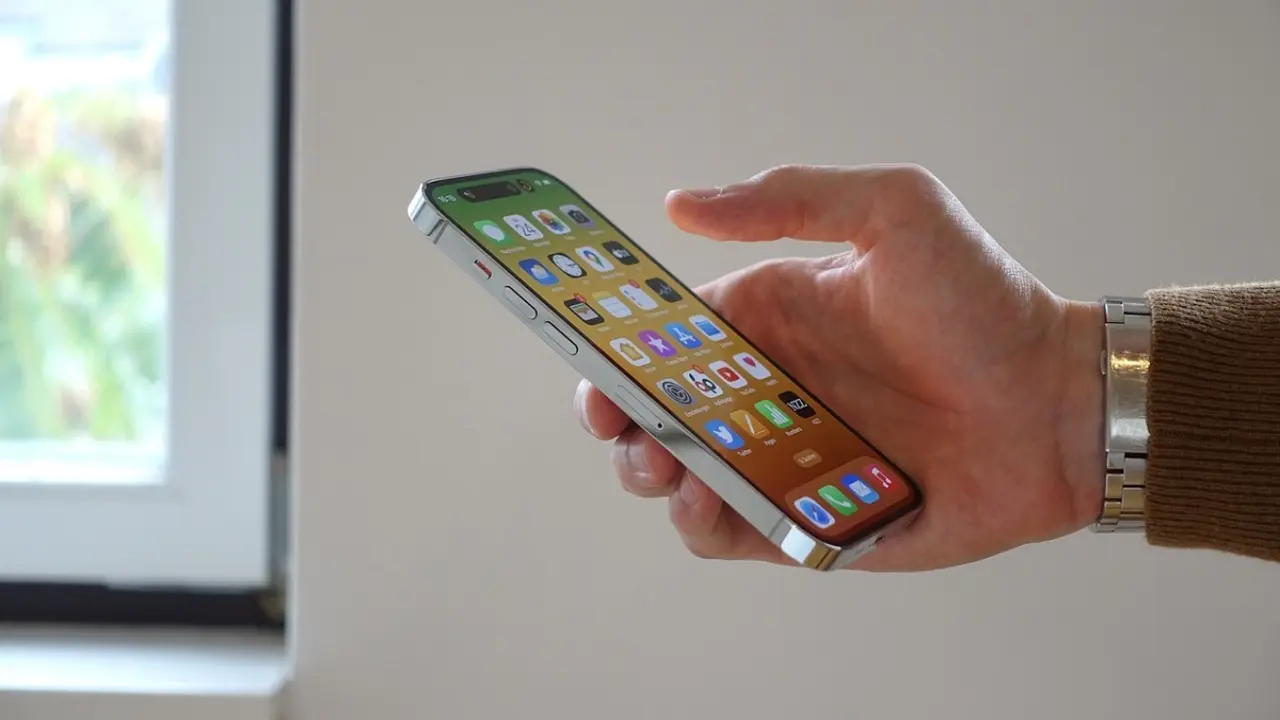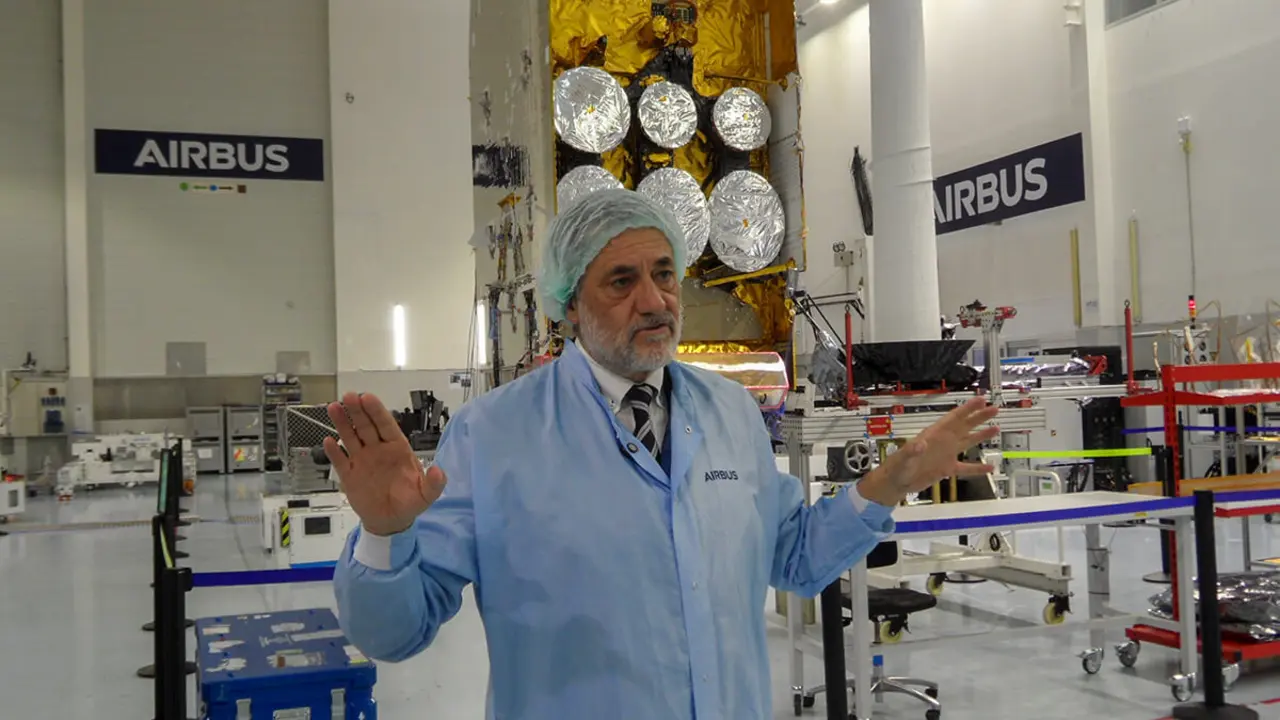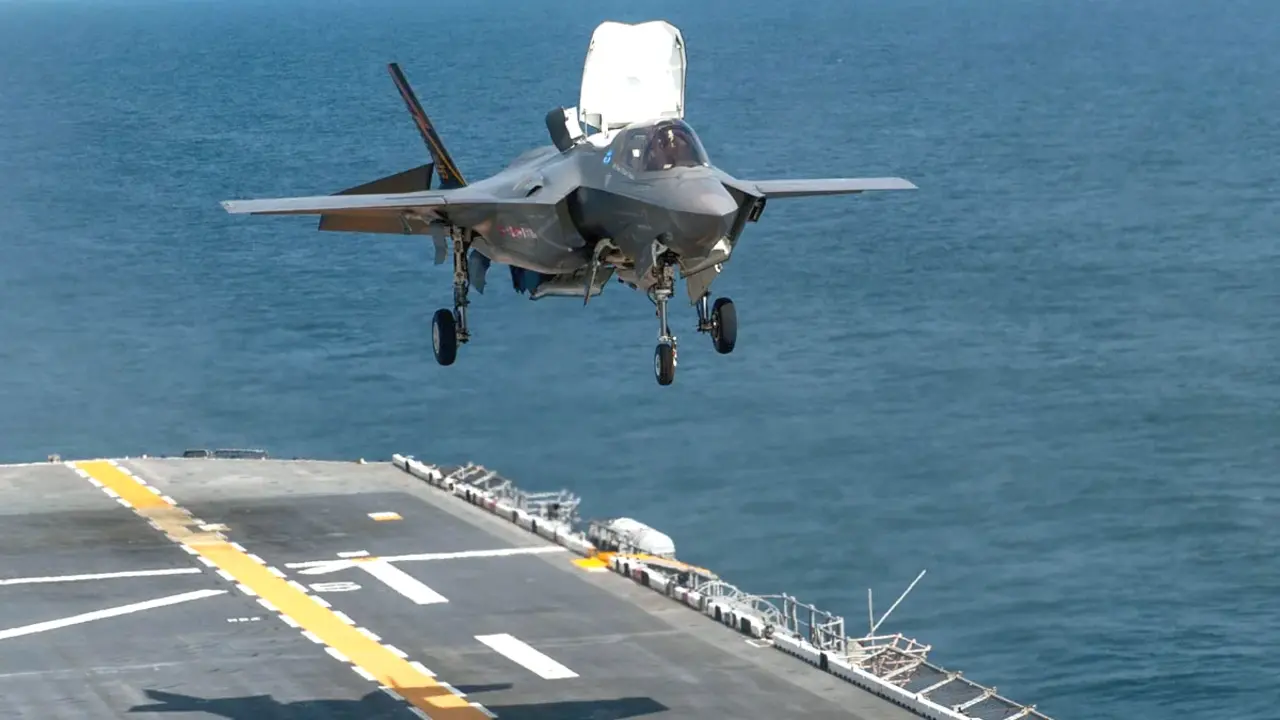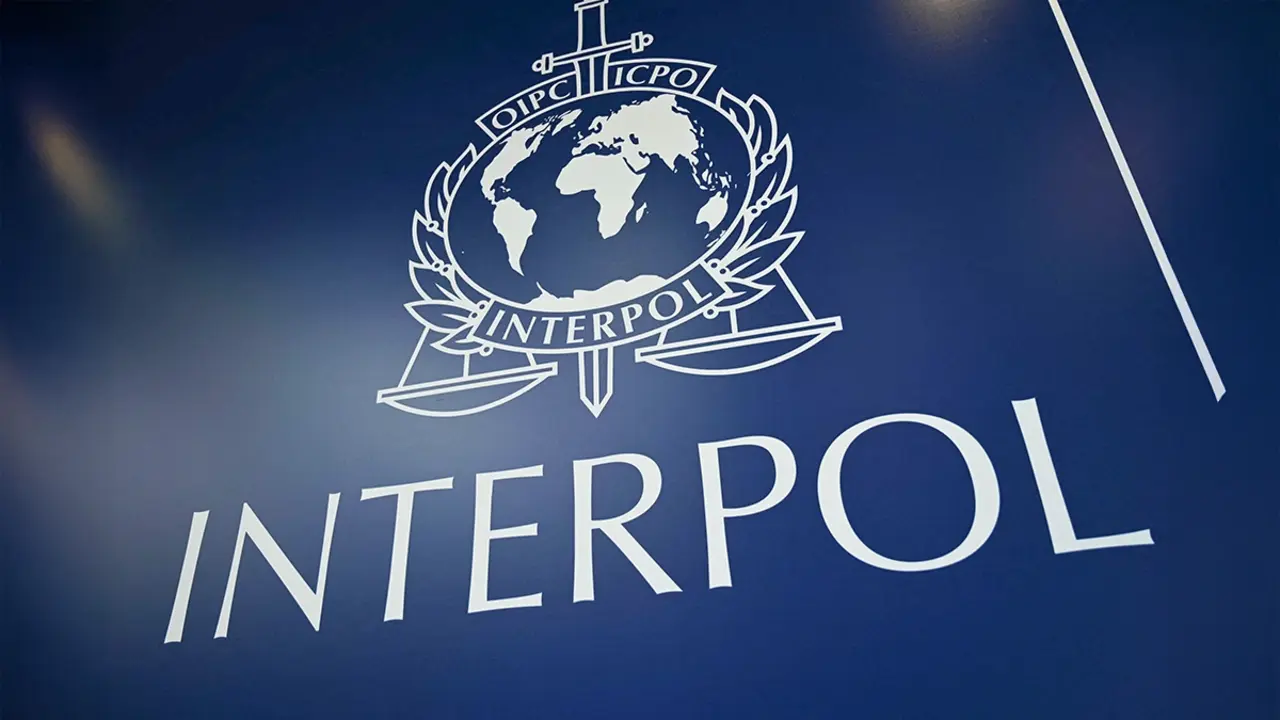Luis Guerra (Airbus Space España): "We are on board the Ariane 6 and the Japanese H3"
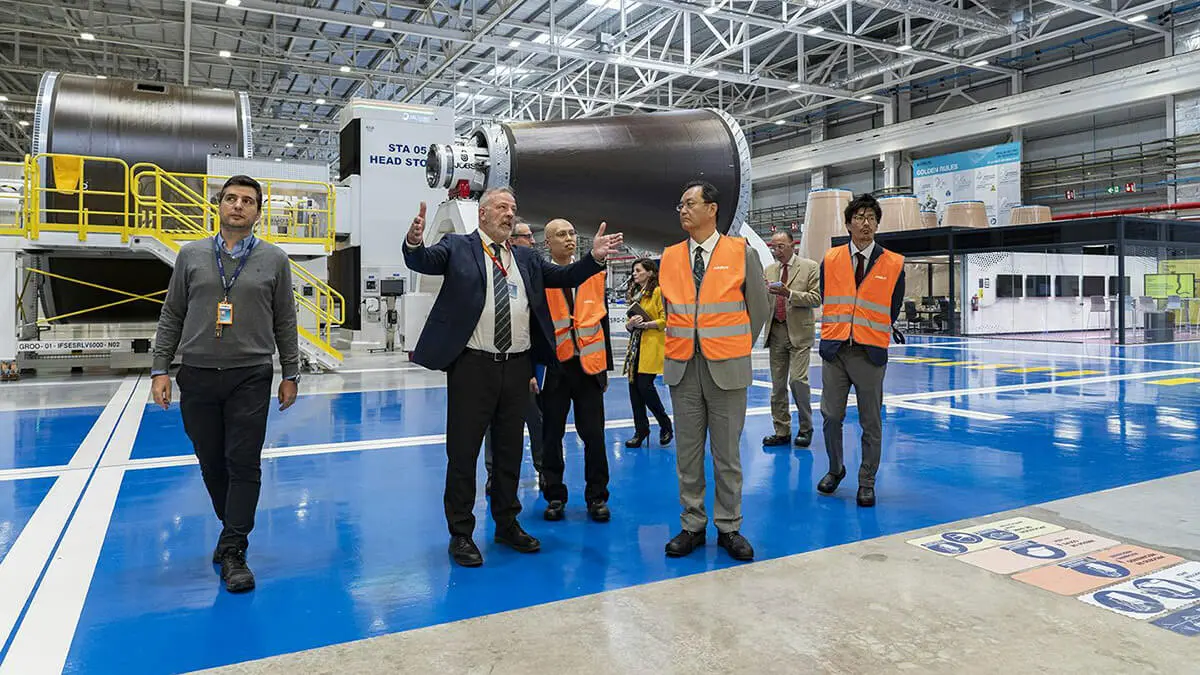
- Japan and the United States rely on Spanish technology
- Good expectations if the flight on 9 July goes well
The more than 500 managers, executives, engineers and technicians at Airbus Space Systems España's new factory in Getafe, just 15 kilometres from Madrid, are counting down the days until the first Ariane 6 successfully takes off from French Guiana on 9 July.
The Spaniards at the company headed by Luis Guerra since the beginning of 2022 are looking at the calendar and hoping to watch a thrilling take-off live via streaming... and to applaud at the same time as the thousands of employees of the space branch of the European industrial consortium. Everyone is aware of the four-year delay in bringing Ariane 6 up to speed, which has left the way clear for the Falcon 9 of US company SpaceX, owned by tycoon Elon Musk, which now monopolises the global launch market.
Getafe is home to the most modern and one of the largest industrial plants in which Airbus carries out its space activities. With 36,000 m2, within its walls and clean rooms, the light but strong carbon fibre structures that give shape to the Ariane 6, the main reason for building the new facility, inaugurated on 13 March 2023 by King Felipe VI, are manufactured in an automated way.
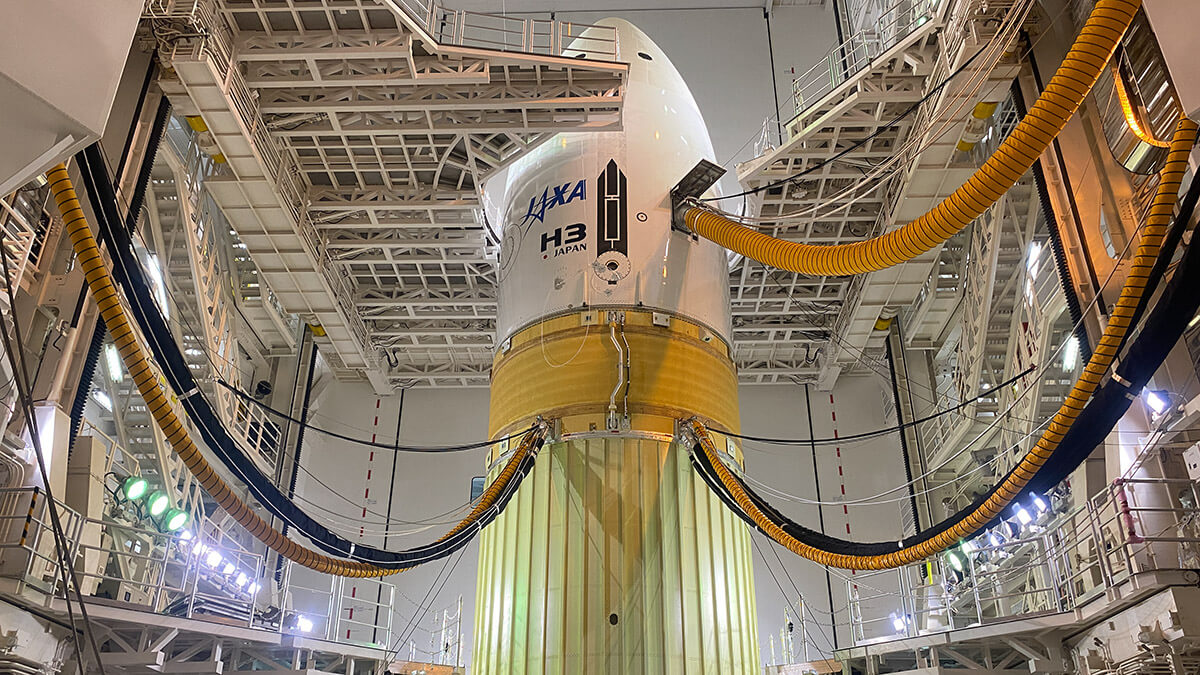
But Airbus Space Systems in Spain is not only one of the main contractors for Ariane 6 structures. It also enjoys the confidence of the major rocket manufacturers in the United States, Japan and the rest of Europe, which contract the manufacture of the payload adapters and the dispensers that position them in orbit. As Luis Guerra assures us, "we are on board the Ariane 6 and also the Japanese H3".
Although accessing the Japanese space market is not easy, "we work closely with two customers there: Ispace and Mitsubishi Heavy Industries or MHI". Both companies contract Getafe for the load adapters to hold the satellites they transport into space and ensure that the strong vibrations during take-off and flight do not affect them.
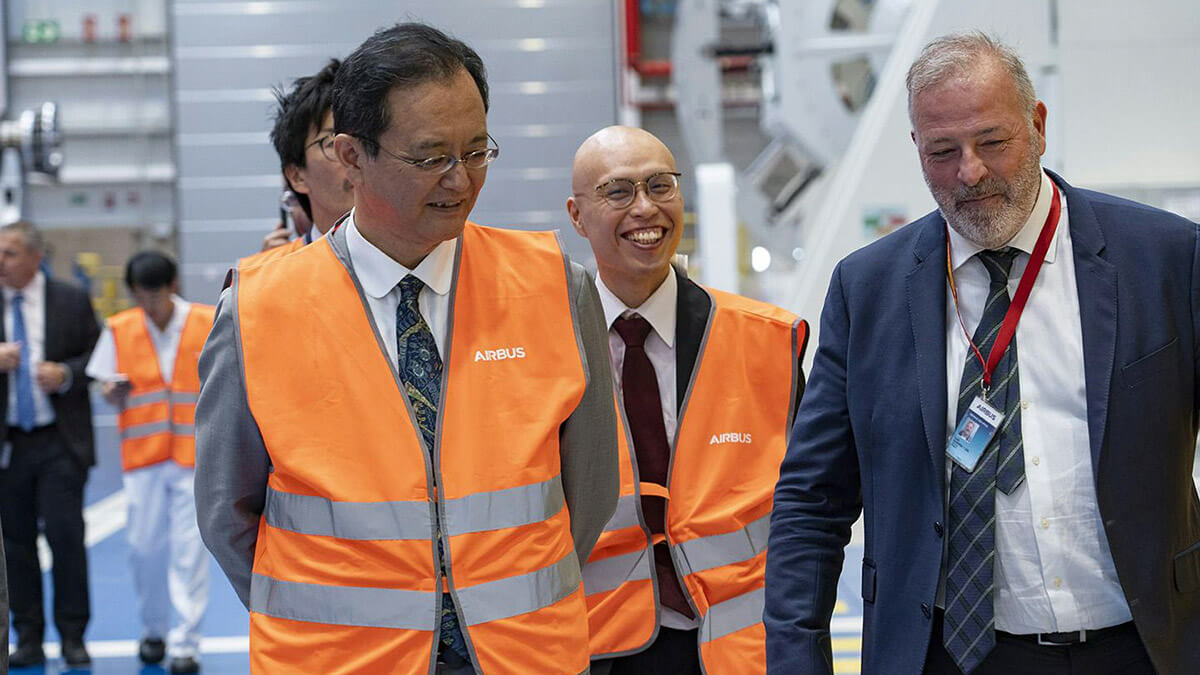
Japan and the United States rely on Spanish technology
The cooperation goes back many years. It began with the H2 launcher and, at the end of its production, they have signed an agreement to provide the payload adapters for the new Japanese H3 rocket, whose second flight was a success and whose third will take off soon. Getafe estimates that "they will ask us for approximately four to five adapters a year", and slightly less for their HTV automatic supply spacecraft, which supplies spare parts and experiments to the Japanese Kibo module of the International Space Station.
In the case of the American manufacturer, who is it? "We have signed a very strict confidentiality clause with our customer in the United States and I can't give details," says the director. But things are not going badly at all. "In the last three years we have greatly increased our contribution to the American rocket business and have quadrupled our turnover". In the current financial year, "we are going to deliver around 20 made in Getafe load adapters and next year we are planning to deliver 25".
Have the satellite constellations in low Earth orbits had a positive or negative impact on your company's business? Luis Guerra is in no doubt: "Of course! Until not so long ago, we supplied the Ariane 5, Vega and other rockets with satellite dispensers capable of placing one, two or three spacecraft in orbit". For the new times, "we have conceived new systems that place up to 24 satellites in space simultaneously or sequentially".
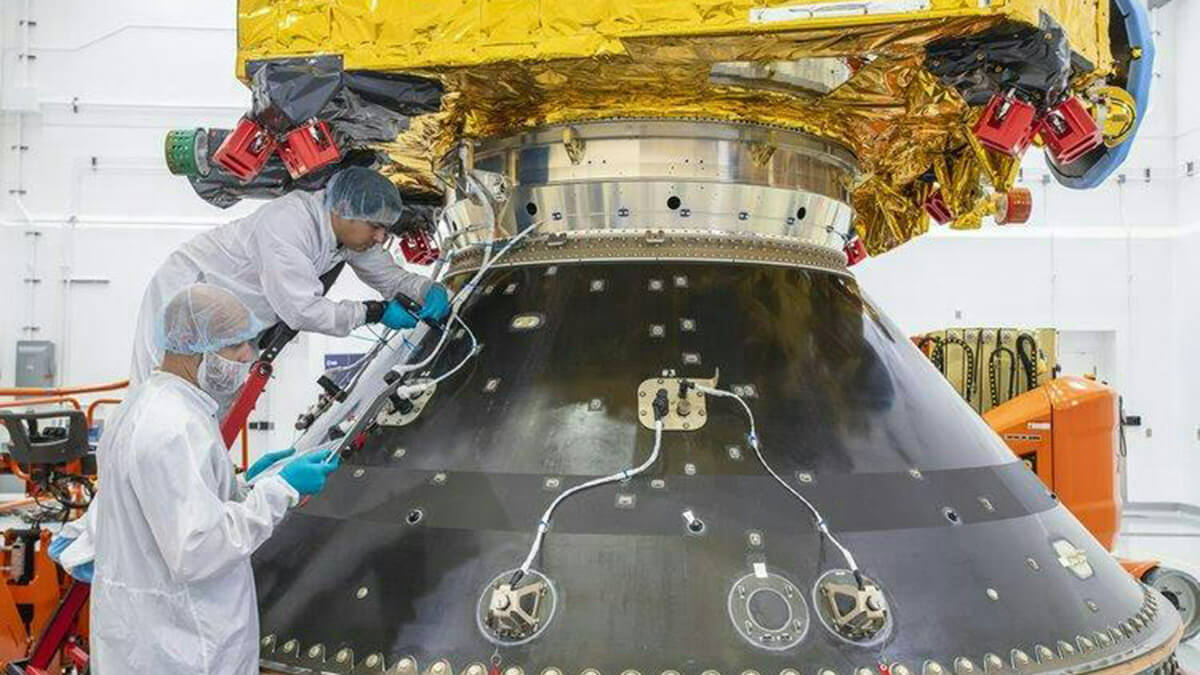
The company has recently won three major contracts. The end customer on two of them is the SDA, the US Space Development Agency, working with rockets that aim to deploy dozens of satellites from two constellations, one of which has been awarded to Northrop Grumman, as soon as possible. In both cases, the constellations are based on Airbus' Arrow platforms "and we in Getafe will supply the dispensers to place the satellites in their respective orbits".
A third contract has been awarded to Getafe by the Canadian company Telesat, which belongs to the important industrial group MDA. "They have also placed their trust in our proposal for new dispensers, in this case to place up to 24 satellites in orbit at the same time. They are also Arrow platforms, but with different configurations and different payloads on board".
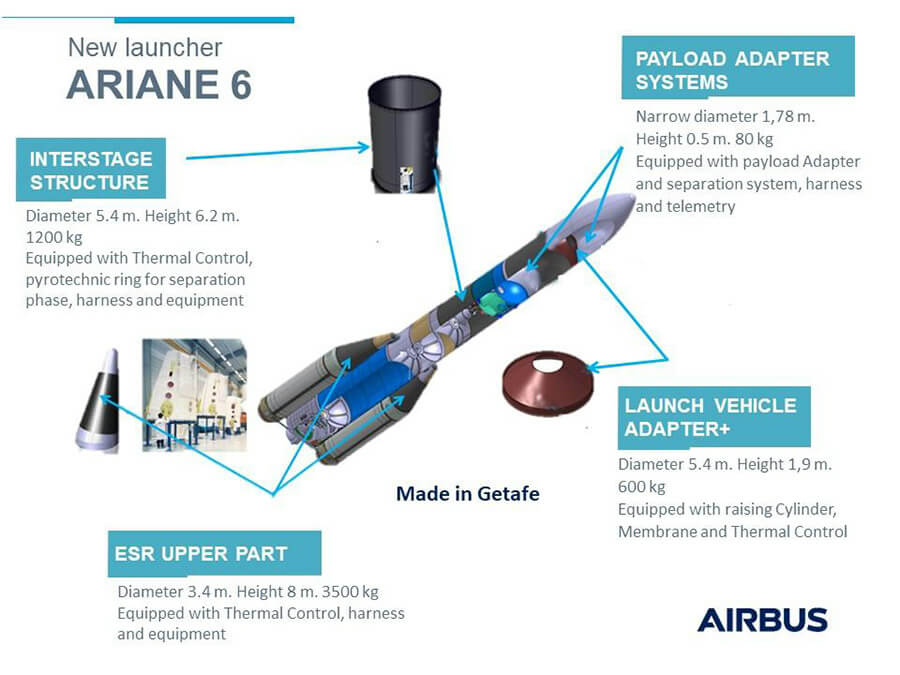
Good expectations if the flight on 9 July goes well
If the first liftoff is a resounding success, the second firing will take place later this year, with four more launches scheduled for 2025. Eight more are scheduled for 2026 and from there "we will jump to a rate of nine flights per year, which is our aim, with which we would cover the strategic needs of Brussels, the commitments of the European Space Agency (ESA) and the institutional missions of other countries," says the director of the Spanish plant.
If necessary, "we have the capacity to increase production to a dozen launchers a year," says Luis Guerra. It is an increase that, "at some point, we will probably be asked for by Arianespace", the French launch services company that will begin to market the Ariane 6 after the first flight, which is the full responsibility of ESA.
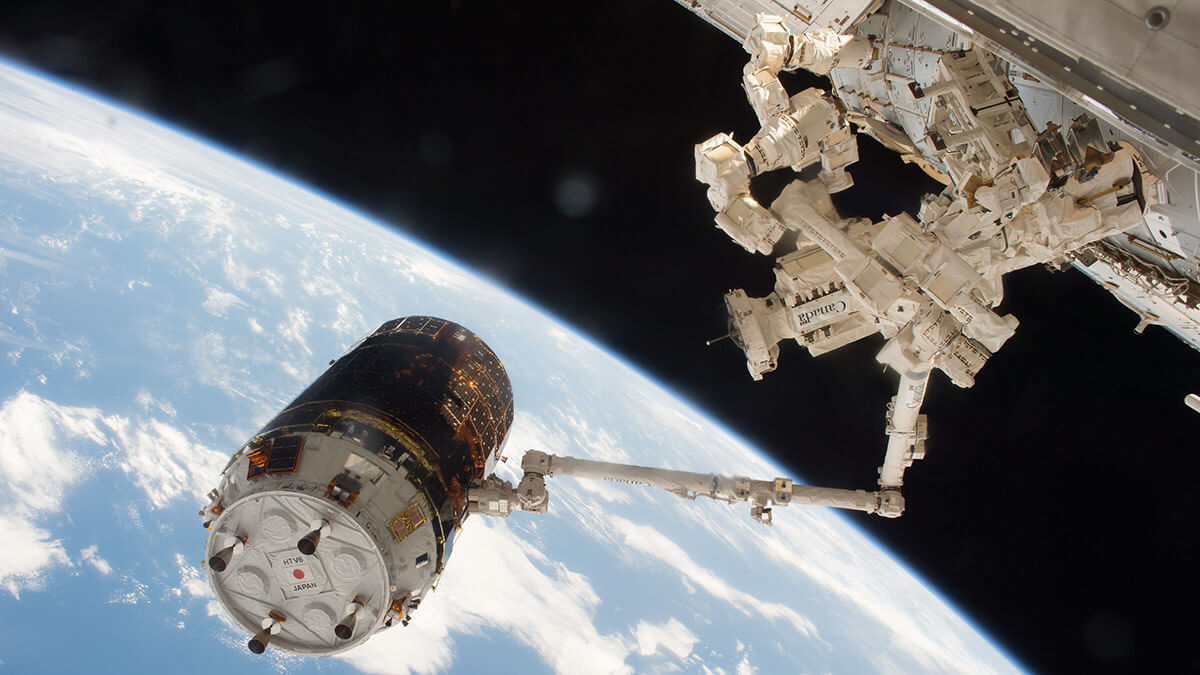
"If that happens, in Getafe we will have to increase our manufacturing rate, which will require small investments in the whole supply chain. The costs would be "very low, some additional tooling and not much more," says Guerra. On the other hand, increasing the production rate from nine to 12 at the large factories outside Spain will have greater economic implications, especially at the facilities in Bremen, Germany, and Les Mureaux, France.
The Madrid factory is providing two large, overlapping cylindrical structures of 5.4 metres in diameter and 6.2 metres in height for each Ariane 6. Also the upper part of the main accelerators or ESRs. And of great importance: the structures that attach the satellites to the rocket - called payload adapters - which prevent them from being damaged by violent vibrations during liftoff and flight.
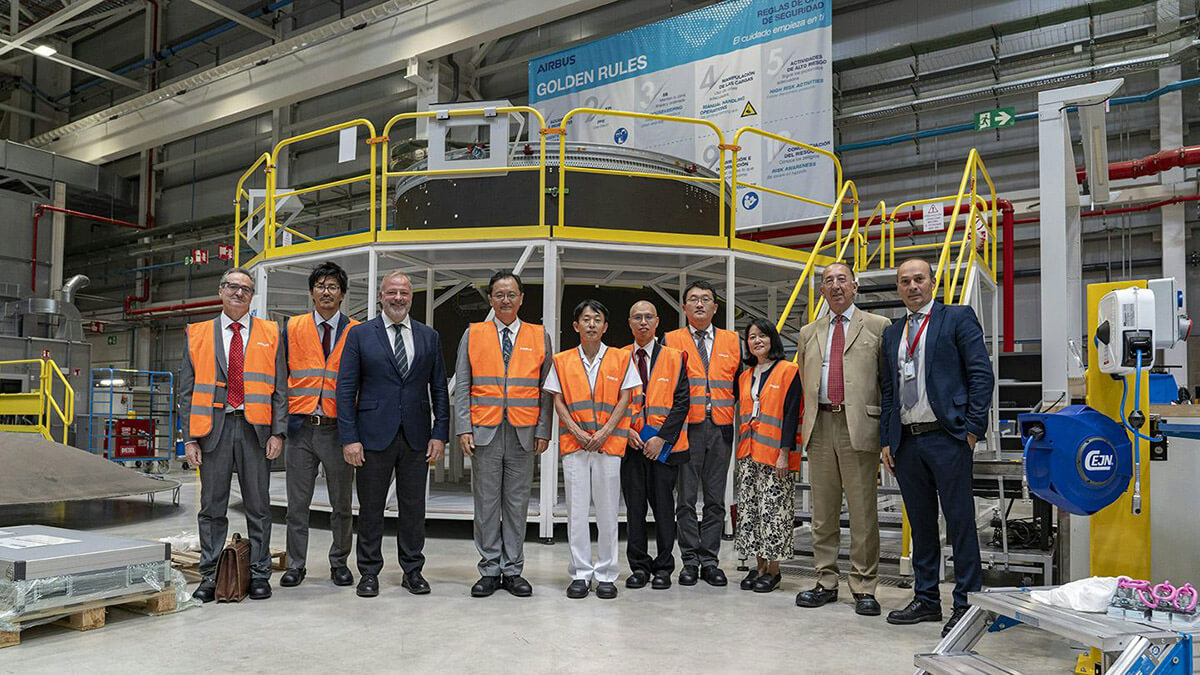
It is also responsible for what ultimately defines whether the mission is a success or failure: the separation system, which propels the satellite into outer space. Its name: payload dispenser. All of this is the Spanish input that gives life to the Ariane 6 flight example number one, which is already on the take-off ramp at the Kourou space base. The Spanish contributions are also to be found at Les Mureaux, where the second example is in the process of integration.
"We have finished manufacturing another five sets of structures in Getafe and we are already working on the eighth set of a total of 14 that we have contracted". In the next few days we are expected to conclude negotiations for a second batch, this time of 28 launchers, double the number contracted so far, ranging from number 15 to 42. "The signature is just a question of finishing touches", Getafe confirms.


